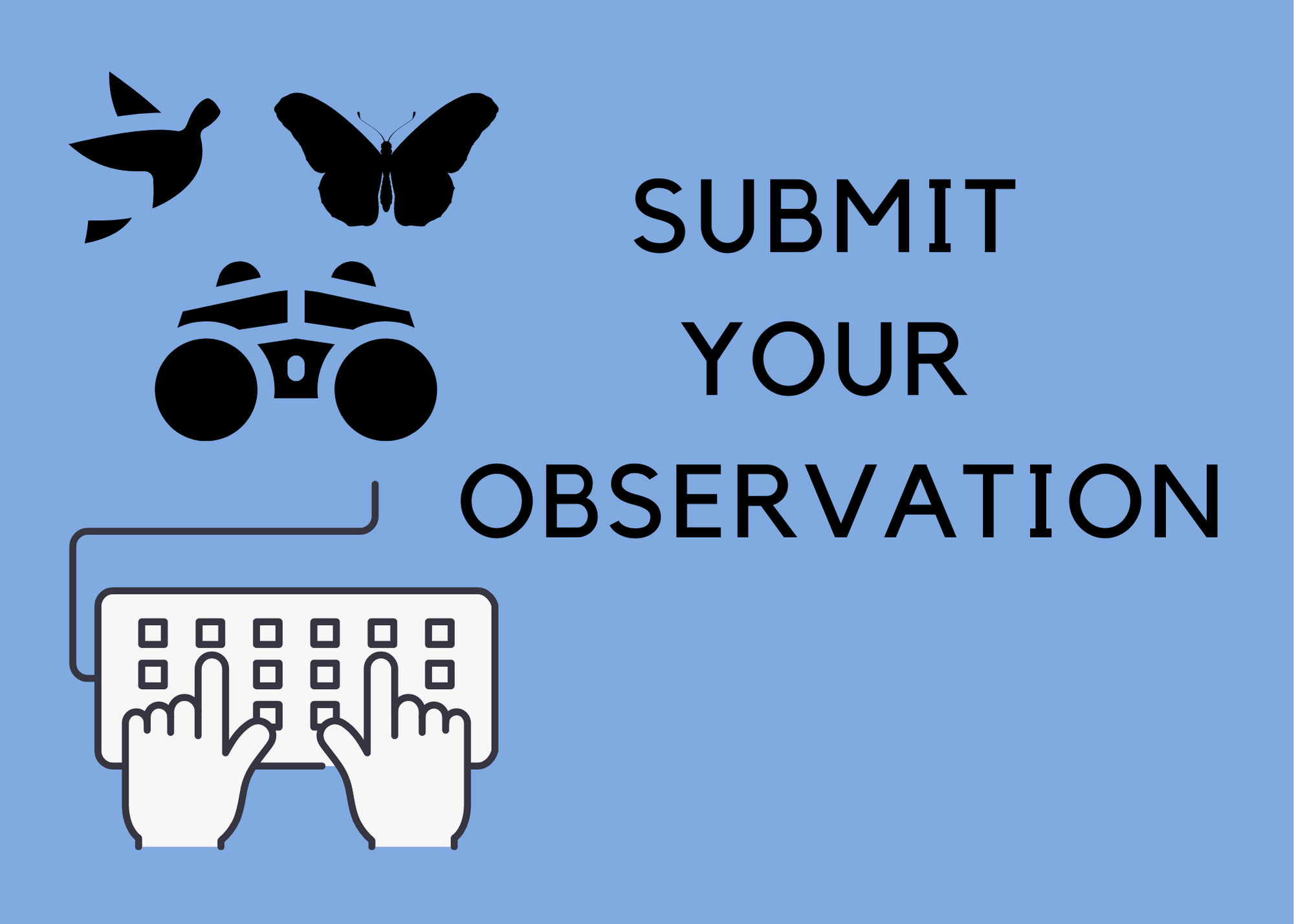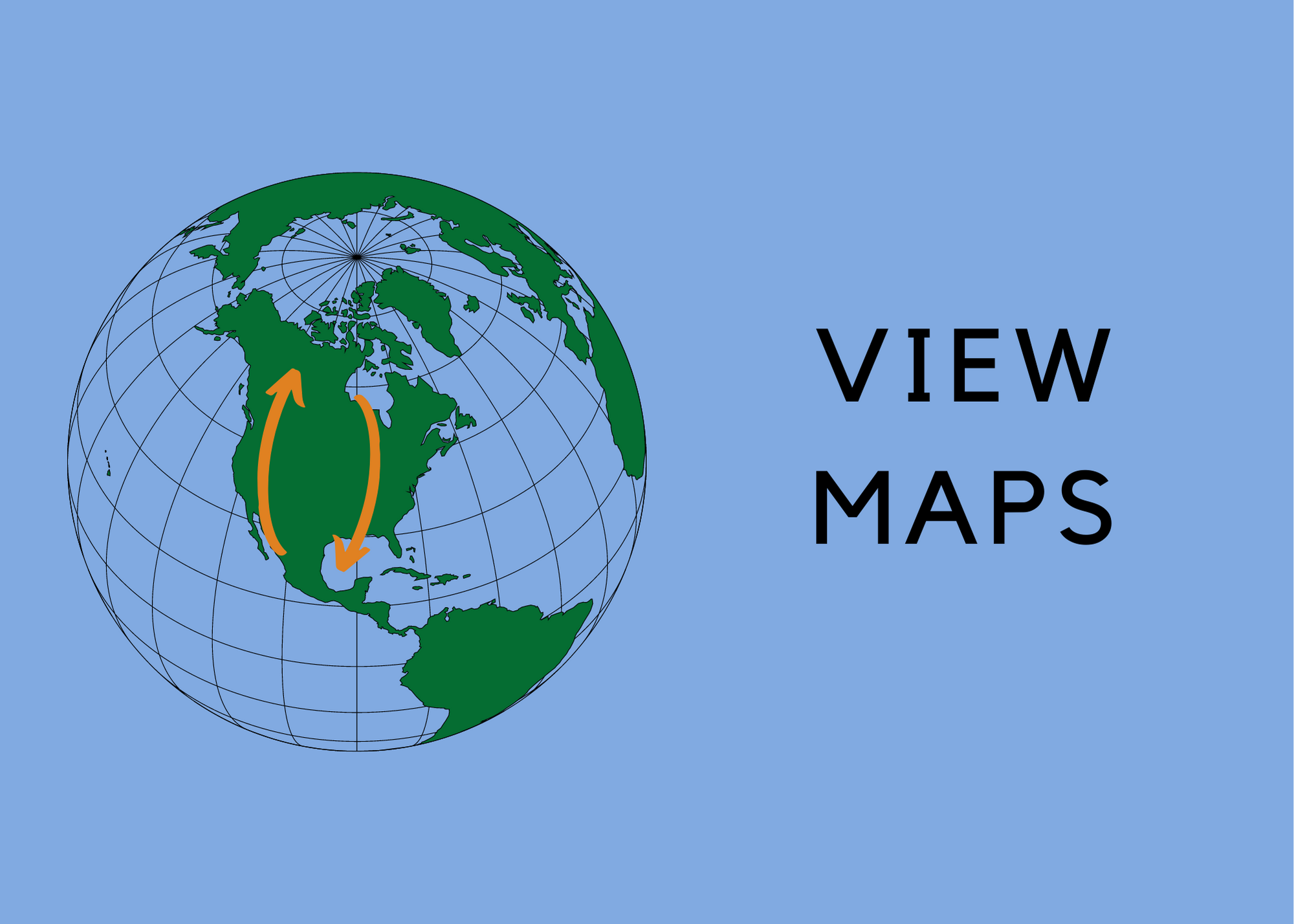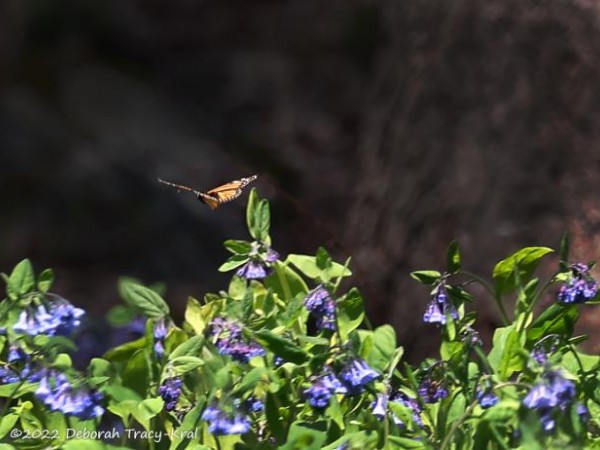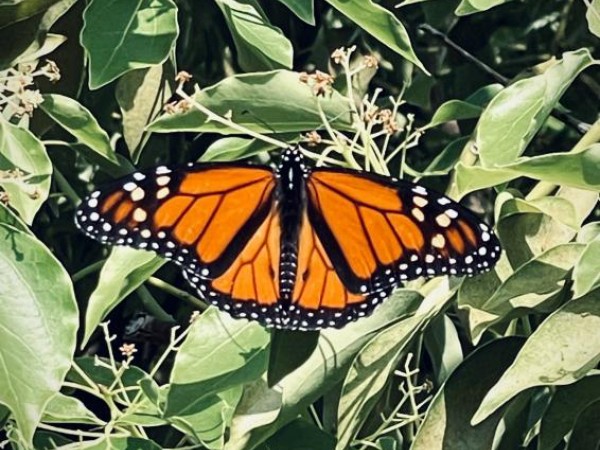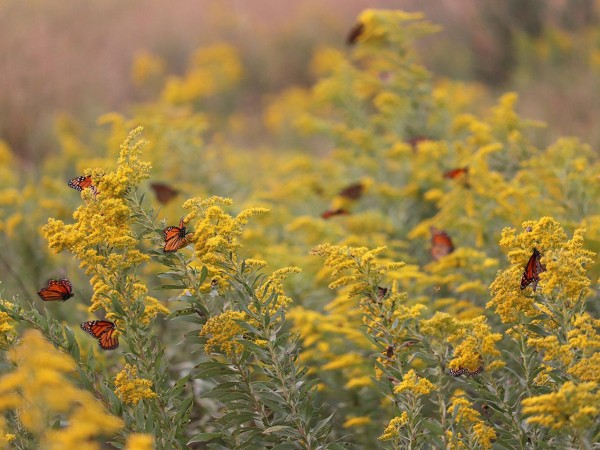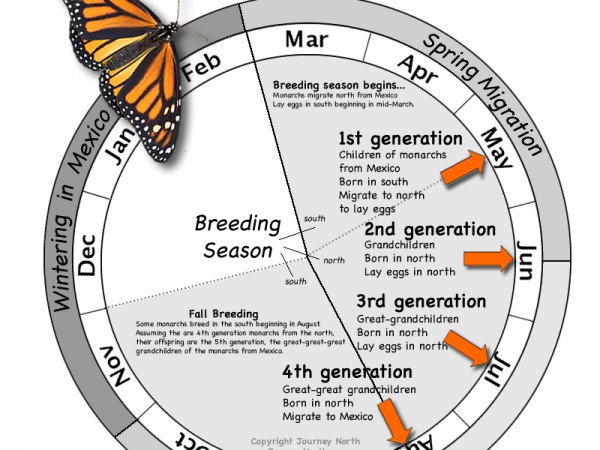Moving Northward
Eastern Monarch Population
Eastern Monarch Spring 2022 Report #6
From Nebraska to New York, the leading edge of monarch migration is hovering around latitude 40-41°N, a slight increase from last week. At this same time last year, monarchs were farther north. Ongoing cool spring temperatures could be affecting the pace of migration this year. Based on reports from Journey North observers, milkweed growth remains ahead of migration. But will the plants grow fast enough to be ready for a surge of arriving monarchs? It helps that female monarchs can lay eggs on newly emerged and surprisingly small milkweed sprouts.
Read more of the Eastern Monarch Spring 2022 Report #6»
Western Monarch Population
Letter from Gail Morris: Western Monarch Spring 2022 Report #6
In the Western U.S., monarch sightings are low but as Gail Morris explains, this is not unexpected given the time of the season. Gail writes, "Monarch sightings increased in Southern California but the number of sightings remained limited across the rest of the West. This lull in new reports is a harbinger of the season when most overwintering monarchs reach the end of their lives but their progeny litter milkweeds along their flight route with eggs, larvae and pupae. Brilliant, new monarchs will soon flood the air as the first generation ecloses, multiplying the monarch population as they continue to their summer breeding grounds."
Read more of Gail Morris' Letter: Western Monarch Spring 2022 Report #6»
Plant Pollinator Gardens
Monarchs need milkweed, but they also need nectar. Pollinator gardens provide crucial resources for migrating monarchs. Do some research to find nectar-rich flowers that grow well in your region. Pay attention to flowering dates so you can provide nectar for monarchs through spring, summer, and fall.
Keep Reporting and Include Photos!
Monarch activity is picking up! Report observations of monarch adults, monarch larvae, monarch eggs, and milkweed to Journey North. If possible, please include photos (one photo per report). Photos help verify reports and we enjoy sharing them with our Journey North community.
Monarchs can be difficult subjects to photograph. One potential workaround is to take a video and then extract a screenshot to use as a photo. Give it a shot!


